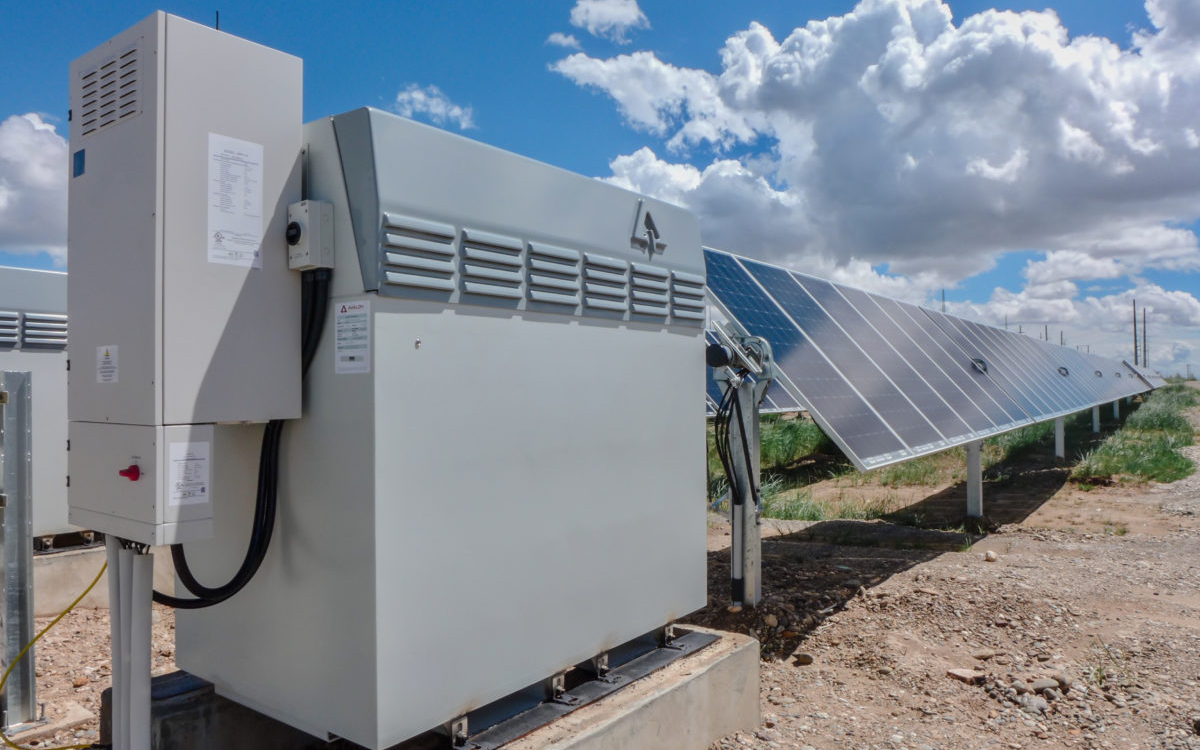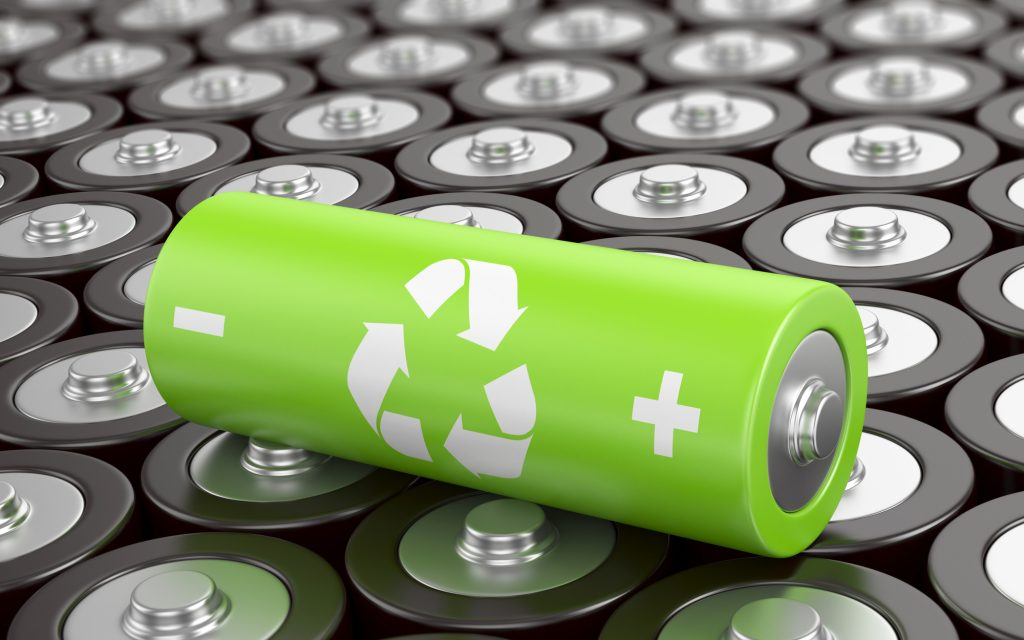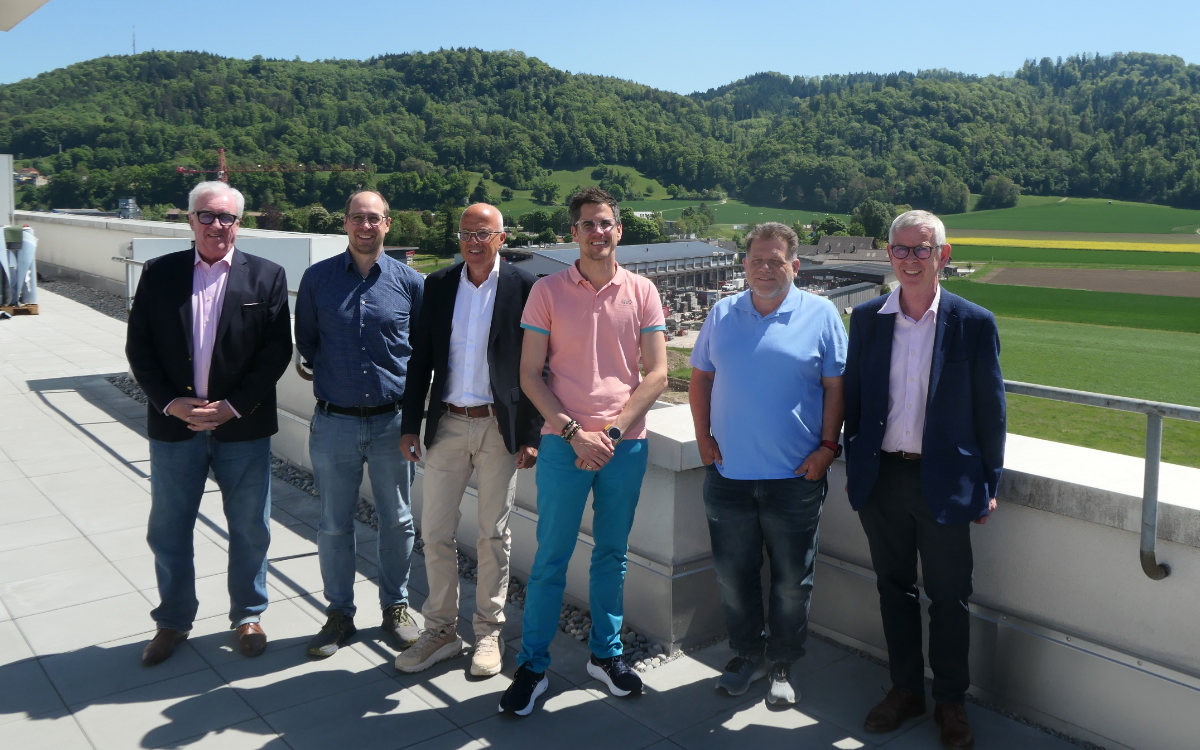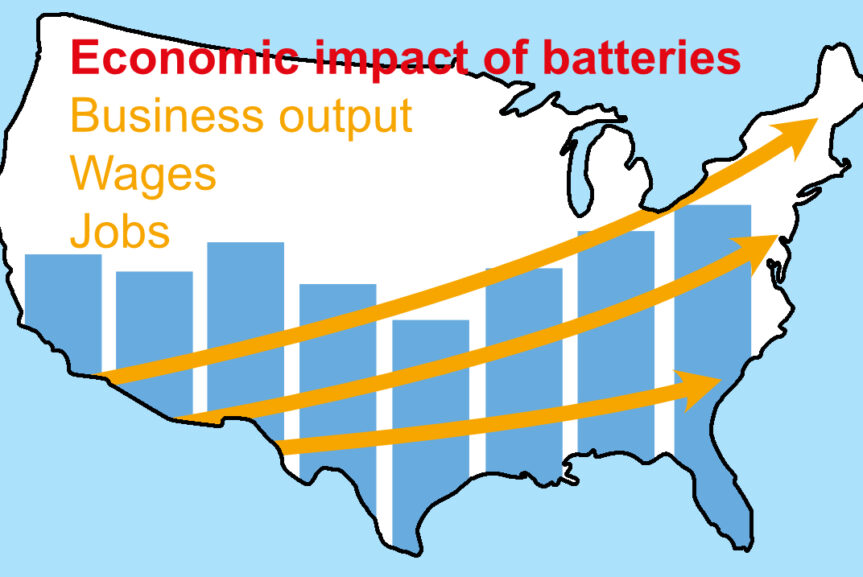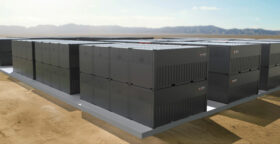Vanadium flow batteries form an alternative to other common battery chemistries when talking about long duration energy storage (LDES), which is emerging as a leading solution for energy storage needs beyond four hours. The development of global standards and specifications for vanadium flow batteries is still underway.
To speed up the process of establishing a unified standard for vanadium electrolyte, the International Electrotechnical Commission (IEC) has initiated a cooperation with the Fraunhofer Society and key industry stakeholders. This initiative is crucial for ensuring the commercial viability and scalability of vanadium flow battery technology. One important actor is Vanitec, a non-profit international global vanadium member organisation.
China has already introduced its own vanadium electrolyte standards, but they allow for a wider range of electrolyte purity levels. The global vanadium electrolyte industry lacks a consistent global standard, leading to disparities in quality, inefficiencies in production, and potential performance issues. A working group has been stablished to define electrolyte specifications that align with battery performance requirements.
The Chinese standards may compromise long-term battery performance. Impurities in vanadium electrolyte can impact energy capacity, block electrolyte flow, and catalyse unwanted chemical reactions, ultimately reducing battery lifespan and efficiency. The IEC standard aims to mitigate these risks by implementing more rigorous technical requirements to ensure durability and optimal battery operation.
The final publication from IEC’s working group is expected within the next one to two years. Industry players are encouraged to align with these developments early to ensure compliance and position themselves for long-term success in the growing LDES market.
Terry Perles, Director of US Vanadium said that “A clear and accepted standard will not only improve quality control but also foster investment, innovation, and pave the way for the adoption at scale of this very import decarbonising technology,”

